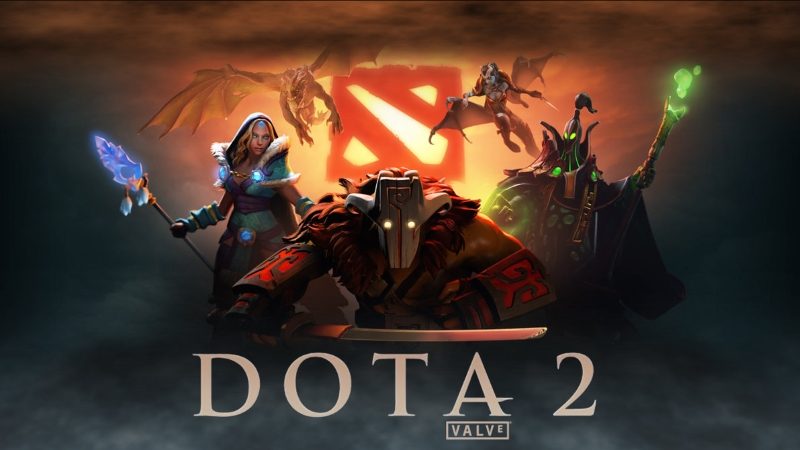Dota 2 Now Supports The Vulkan API!
Alexander Neil / 9 years ago

When it comes to Dota 2, the majority of its patches simply focus on improving the balance of the game across the 111 hero characters that fill its roster. This time, Valve’s latest patch to their popular MOBA is an upgrade to the game engine itself, enabling support for the Vulkan graphics API. Currently, the feature is only in a beta phase, however, anyone wishing to try it can easily do so through the game’s DLC menu on Steam. Once installed, the game can be run with the “-Vulkan” launch command, so it can’t be accidentally left enabled in its current state. In order to fully integrate with Steam, however, a beta version of the Steam client is also required, which includes a Vulkan compatible version of the Steam overlay.
For those playing Dota 2 on a high-end machine, there is little to gain from using Vulkan, but for those on mid-range systems, the additional control over the GPU and CPU resources can allow the game to run better than would previously be possible. It may even make running the game on integrated graphics chips a far more realistic prospect where previously it would cause a serious performance bottleneck.
Valve are yet to release any official metrics on how much Vulkan may increase Dota 2’s performance and the minimum system requirements still remain the same as before. It may give hope to those who decided not to play the MOBA due to their PC struggling to run the game well enough for them to play their best.
As with any beta, the feature is not without its issues, with Valve warning that the first game played or watched after starting up may suffer stuttering as resources are cached. One solution to this is to simply watch a replay or spectate a match until the issue is resolved. Valve have even created a dedicated Dota 2 Vulkan GitHub page for those wishing to report any issues they find with the beta as well as providing some insight as to its compatibility and performance for those on the fence about giving it a try.
This move by Valve seems to be an effort to allow their popular MOBA to reach audiences previously dominated by rival League of Legends, which has a client that scales far better to lower performance systems, giving it greater appeal to those outside of Western regions where less powerful and cheaper systems are far more common.



















